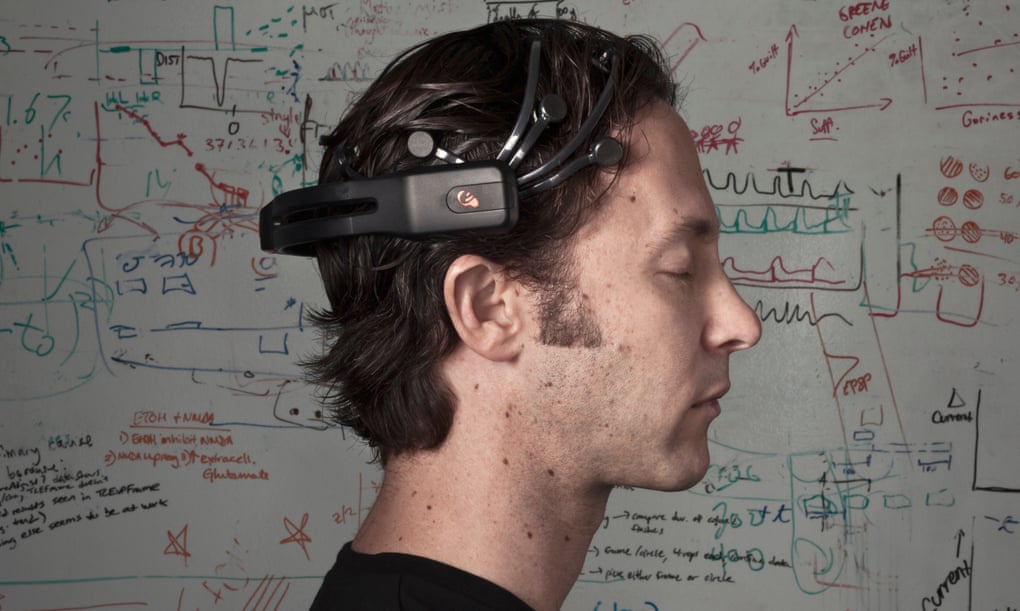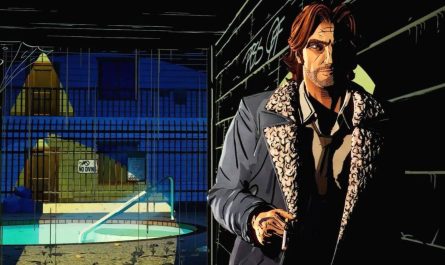The neuroscientist, telecaster and creator on the development of the cerebrum, the secret of consciousnesss, and why the cutting edge will be a lot more astute than us
David Eagleman, 50, is an American neuroscientist, top of the line creator and moderator of the BBC arrangement The Brain, just as prime supporter and CEO of Neosensory, which creates gadgets for tactile replacement. His space of claim to fame is mind versatility, and that is the subject of his new book, Livewired, which inspects how experience refashions the cerebrum, and shows that it is a substantially more versatile organ than recently suspected.
For the past 50 years or more the cerebrum has been discussed as far as a PC. What are the greatest defects with that specific model?
It’s an enchanting correlation. In any case, indeed, what we’re taking a gander at is three pounds of material in our skulls that is basically an extremely outsider sort of material to us. It doesn’t record recollections, the manner in which we think about a PC doing it. Also, it is equipped for sorting out its own way of life and character and taking jumps into the obscure. I’m here in Silicon Valley. All that we talk about is equipment and programming. In any case, what’s going on in the mind is the thing that I call livewire, where you have 86bn neurons, each with 10,000 associations, and they are continually reconfiguring the entire life. Indeed, even when you get to the furthest limit of this section, you’ll be a marginally unexpected individual in comparison to you were toward the start.
How does the functioning of the cerebrum take after street pharmacists in Albuquerque?
It’s that the cerebrum can get noteworthy things done with no hierarchical control. In the event that a kid has a large portion of their mind eliminated in a medical procedure, the elements of the cerebrum will rework themselves on to the excess land. Thus I utilize this illustration of street pharmacists to bring up that if unexpectedly in Albuquerque, where I ended up growing up, there was a tremendous quake, and a large portion of the domain was lost, the street pharmacists would revamp themselves to control the excess region. This is on the grounds that every one has contest with his neighbors and they battle about whatever region exists, instead of a hierarchical gathering meeting where the region is appropriated. What’s more, that is actually the best approach to comprehend the cerebrum. It’s comprised of billions of neurons, every one of which is going after its own territory.You utilize this frontier picture a ton in the book, a feeling of the cycles and battles of advancement being battled out inside the actual mind.
That is spot on. Furthermore, I think this is a perspective that is not normal in neuroscience. Generally, when we look in a neuroscience course book, we say here are the spaces of the mind and all that resembles it’s getting along fine and dandy. It has a place precisely where it is. Yet, the contention I make in the book is, the solitary explanation it looks that way is on the grounds that the springs are altogether twisted tight. Furthermore, the opposition for every neuron – every cell in the cerebrum to remain alive against its neighbors – is a continually battled. This is the reason when something changes in the cerebrum, for instance, if an individual goes daze, or loses an arm or something, you see these huge improvements that happen quickly in the mind. It’s similarly as the French lost their domain in North America on the grounds that the British were sending more individuals over.One of the extraordinary secrets of the cerebrum is the reason for dreams. Also, you propose a sort of guarded hypothesis about how the cerebrum reacts to haziness.
One of the enormous shocks of neuroscience was to see how quickly these takeovers can occur. In the event that you blindfold someone for 60 minutes, you can begin to see changes where contact and hearing will begin taking once again the visual pieces of the mind. So what I understood is, on the grounds that the planet turns into obscurity, the visual framework alone is in a difficult spot, or, in other words, you can in any case smell and hear and contact and taste in obscurity, however you can’t perceive any more. I understood this places the visual framework at risk for getting assumed control over consistently. Also, dreams are the cerebrum’s method of protecting that region. About like clockwork a lot of irregular action is crushed into the visual framework. Furthermore, on the grounds that that is our visual framework, we experience it as a fantasy, we experience it outwardly. Developmentally, this is our method of guarding ourselves against visual framework takeover when the planet moves into dimness.
Another secret is cognizance. Do you think we are near understanding what cognizance is and how it’s made?
There’s a lot of discussion about how to characterize cognizance, however we are basically discussing what gleams to life when you get up toward the beginning of the day. Yet, to the extent understanding why it occurs, I don’t realize that we’re a lot nearer than ever. It’s not quite the same as other logical problems in that the thing we’re asking is, how would you take actual pieces and parts and make an interpretation of that into private, emotional experience, similar to the redness of red, or the torment of agony or the smell of cinnamon? Thus not exclusively do we not have a hypothesis, however we don’t actually have the foggiest idea what such a hypothesis would resemble that would clarify our involvement with physical or numerical terms.



